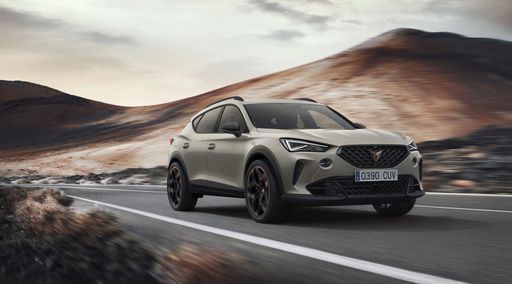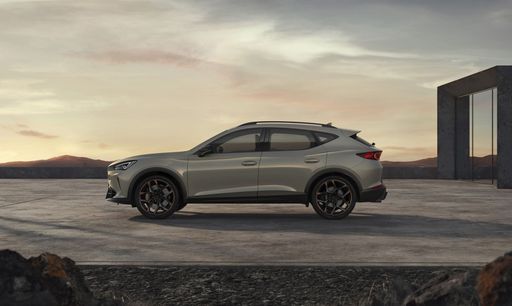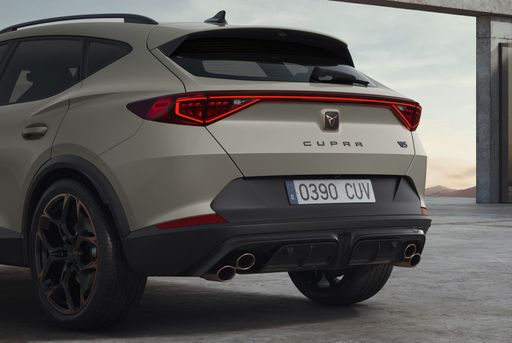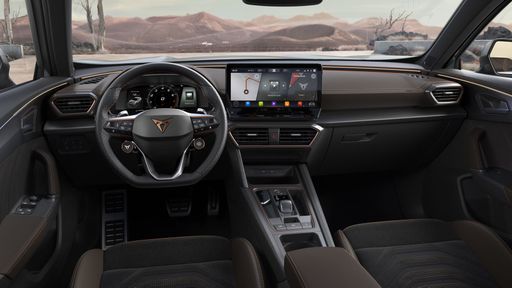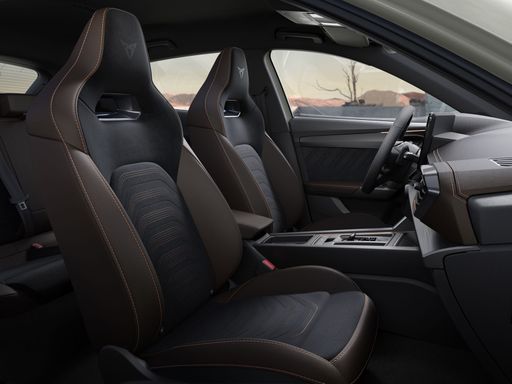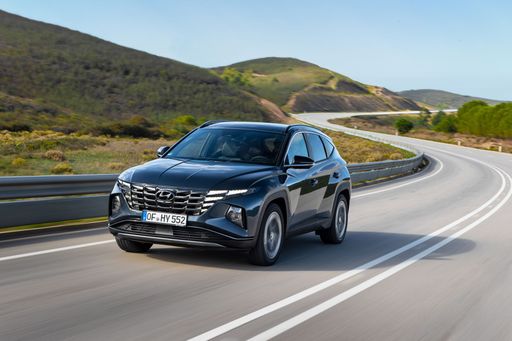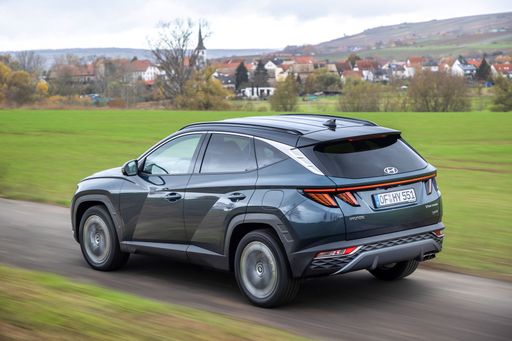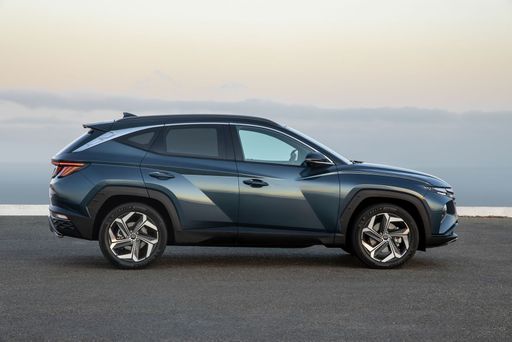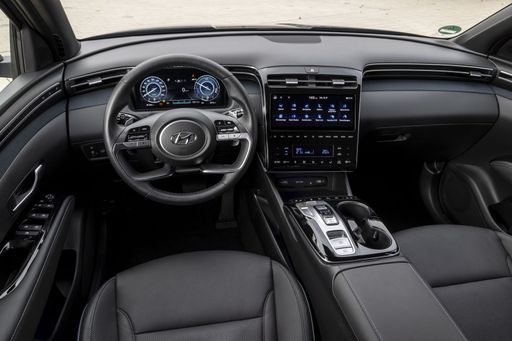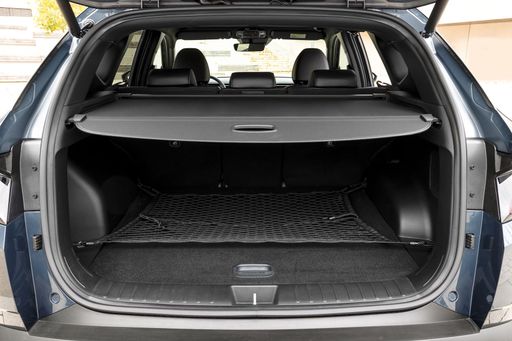Head-to-Head: CUPRA Formentor vs Hyundai Tucson
The automotive landscape is rich with choices, especially within the SUV segment. Two models that have recently taken center stage are the CUPRA Formentor and the Hyundai Tucson. Both are designed with distinct characteristics that cater to a diverse set of preferences. In this comprehensive comparison, we will explore their technical aspects, innovations, and overall performance to make an informed decision for potential buyers.

